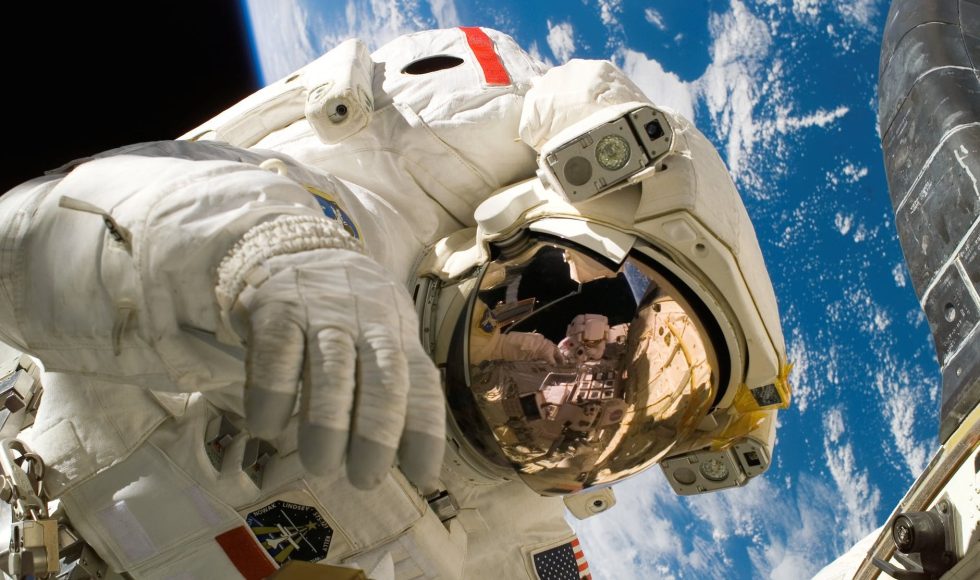Sarah Castro-Wallace from NASA spoke at the Nanopore Community Meeting in Houston. The title of their session is “2043: A Minion Space Odyssey.” Castro-Wallace helped the audience think about a Martian habitat and using Nanopore devices to monitor crew health, planetary protection (“forward and back contamination”), and microbial surveillance. Importantly, Castro-Wallace wanted us to consider using DNA prep and sequencing to ask: are we alone? Kate Rubin was the first astronaut to run a Nanopore sequencing experiment in space. However, Castro-Wallace explained that several experiments happened before that in an underwater series of tests! The goal of several experiments was to go from swab to sample. For this, they used the ZymoBIOMICS mock community for trials. As part of the Genes in Space program, astronauts cultured bacteria in space. Colonies were picked and sequenced in space, and then the same plate was brought back to Earth to perform sequencing and biochemical confirmation. In subsequent experiments and research payloads, the crew performed direct RNA sequencing. BioMole was the “swab to sequencer” method put on board to sequence the microbiome from the Space Station. Procedures were written for the crew to build confidence in sample collection and sequencing. The crew also started sequencing water samples from the water filtration sample. Crew members also performed some of the bioinformatics workflows. Within 24 hours, contaminating microbes could be identified. In 2024, they will attempt to swab the exterior of the Space Station and “high touch areas.” In 2026, they want to study virus shedding and reactivation in saliva in flight. Viral loads can be indicators of immune stress. Castro-Wallace described lunar expeditions in 2026 and beyond to access the moon. The P2 Solo could be used to help sequence and monitor contaminants and biomass. Castro-Wallace bounced back and forth from present to future to provide examples of what can be done with sequencing technologies in space.



